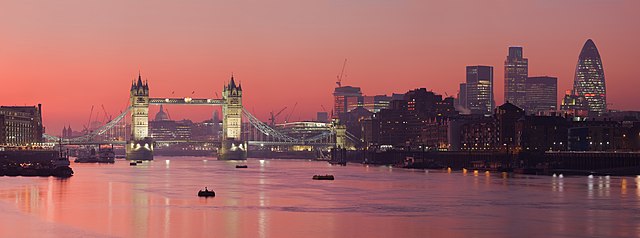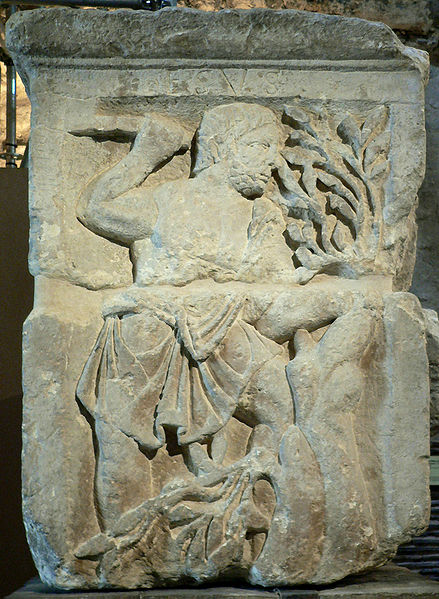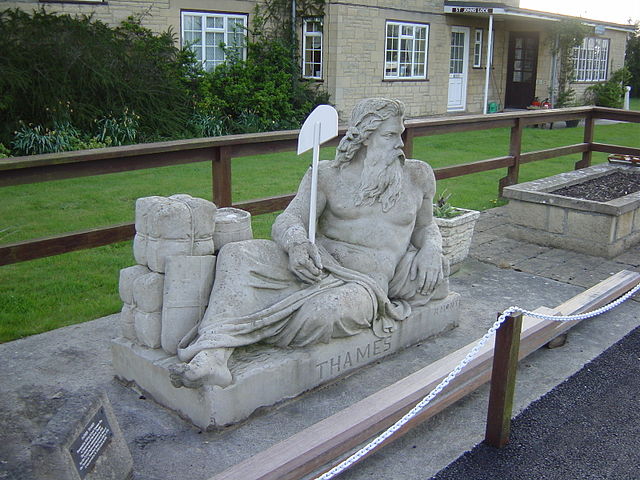The Port of London is that part of the River Thames in England lying between Teddington Lock and the defined boundary with the North Sea and including any associated docks. Once the largest port in the world, it was the United Kingdom's largest port as of 2020. Usage is largely governed by the Port of London Authority ("PLA"), a public trust established in 1908; while mainly responsible for coordination and enforcement of activities it also has some minor operations of its own.
Former Port of London Authority Building, 10 Trinity Square, Tower Hill
Legal Quays between Billingsgate Dock and the Tower of London in John Rocque's plan of 1746. Behind Legal Quays lay Thames Street, with its warehouses, sugar refineries and cooperages.
James Elmes' chart of the port, 1837, showing the enclosed docks at the beginning of Queen Victoria's reign.
The London docks in 1882. The King George V Dock (and Tilbury Docks, much further downstream) had not yet been built.
The River Thames, known alternatively in parts as the River Isis, is a river that flows through southern England including London. At 215 miles (346 km), it is the longest river entirely in England and the second-longest in the United Kingdom, after the River Severn.
City of London with Tower Bridge
Image of the deity Æsus on the Gallo-Roman "Pillar of the Boatmen"
A statue of Old Father Thames by Raffaelle Monti at St John's Lock, Lechlade
Sculpture of Tamesis. Downstream keystone of the central arch of Henley Bridge








